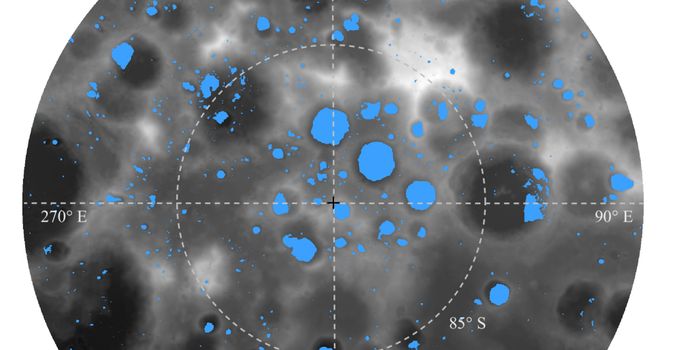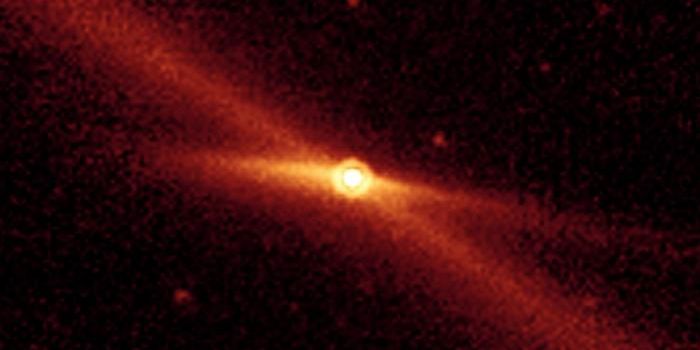
The Venus Express, a spacecraft launched by the ESA in 2006 to study the planet Venus and it's atmosphere, will end its eight year mission soon but scientists are pleased with the amount of data and information they were able to gather during the mission.
Normally, spacecraft such as the Venus Express would perform routine thruster burns to prevent it from coming to close to the planet's surface and burning up in its atmosphere. However, in mid 2014 the craft was given a new task. A daring aerobraking campaign was begun which brought it closer to the planet than ever before, allowing for a very close exploration of regions of the atmosphere that had been uncharted until now.
Since it's launch in 2006, the Venus Express had been on an elliptical 24 hour orbit, traveling 66,000 km above the south pole at its furthest point and to within 200 km over the north pole on its closest approach, conducting a detailed study of the planet and its atmosphere. By reducing the high point of an elliptical orbit by flying the vehicle through the atmosphere at the low point of the orbit, the vehicle encounters drag force and is naturally slowed down.
Between May and June 2014, the lowest point of the orbit was gradually reduced to about 130-135 km, with the core part of the aerobraking mission lasting from mid June to mid July.
After this month of 'surfing' in and out of the atmosphere at low altitudes, the lowest point of the orbit was raised again through a series of 15 small thruster burns, such that by the third week in July it was back up to about 460 km, yielding an orbital period of just over 22 hours.
The spacecraft began to steadily drift closer to the surface of Venus after these thruster burns and scientists attributed this to natural gravitational forces so mission managers began a series of raising maneuvers near the end of November 2014 designed to move the spacecraft higher.
The problem then became one fuel supply. Unlike cars and aircraft, spacecraft are not equipped with fuel gauges, so the time of propellant exhaustion for any satellite is difficult to predict. Full contact with Venus Express was lost on November 28th. The telemetry and telecommand links were partially re-established, but they were very unstable and only limited information could be retrieved.
"The available information provides evidence of the spacecraft losing attitude control most likely due to thrust problems during the raising maneuvers. It seems likely, therefore, that Venus Express exhausted its remaining propellant about half way through the planned maneuvers last month " says Patrick Martin, ESA's Venus Express mission manager.
Without propellant, however, it is no longer possible to control the attitude and orient Venus Express towards Earth to maintain communications. It is also impossible to raise the altitude further, meaning that the spacecraft will naturally sink deeper into the atmosphere over the coming weeks.
"While we are sad that this mission is ended, we are nevertheless happy to reflect on the great success of Venus Express as part of ESA's planetary science programme and are confident that its data will remain important legacy for quite some time to come. The mission has continued for much longer than its planned lifetime and it will now soon go out in a blaze of glory " says Martin Kessler, Head of ESA Science Operations.
 The Venus Express, a spacecraft launched by the ESA in 2006 to study the planet Venus and it's atmosphere, will end its eight year mission soon but scientists are pleased with the amount of data and information they were able to gather during the mission.
The Venus Express, a spacecraft launched by the ESA in 2006 to study the planet Venus and it's atmosphere, will end its eight year mission soon but scientists are pleased with the amount of data and information they were able to gather during the mission. 







